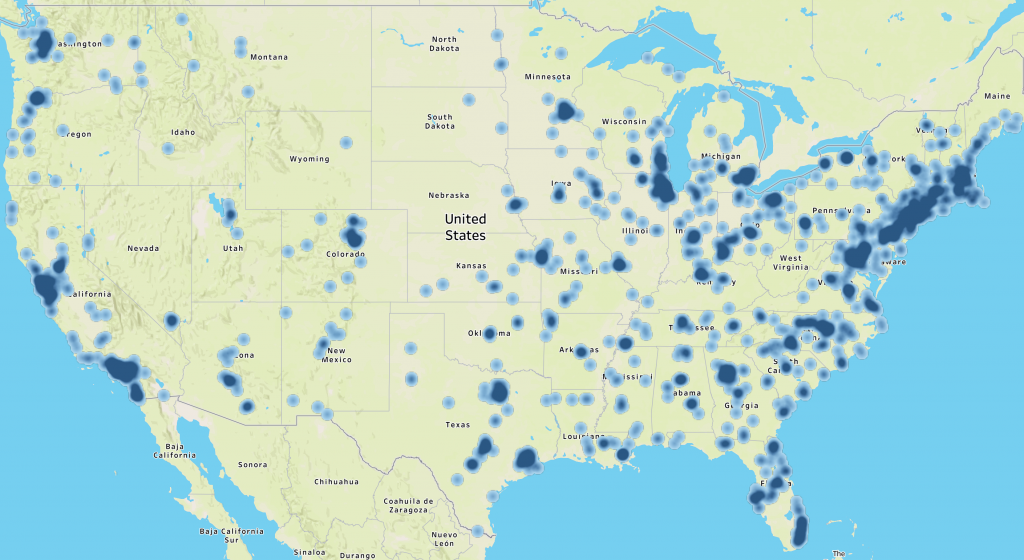
From our earliest days, the Pulitzer Center has been committed to the notion that, for quality news to continue to be relevant in the United States, we must commit in equal measure to supporting more of the best work but also to building the audience for that work.
We’ve done this through the cultivation of a grassroots network of K-12 public schools, community colleges, HBCUs, large research universities and the general public—all connecting with the journalism we support through in-class workshops, teacher professional development, curriculum design, reporting fellowships and a constellation of other programming. From just a handful of class presentations in 2007, our education outreach now numbers more than 500 events per year.
Our education program might be described as applied news literacy, an approach to issue awareness and journalism skill-building that leverages the gripping, human-centered storytelling we support to show students why global news matters. Part of that approach includes a commitment to diversity, equity and inclusion, which our team has sought to keep top of mind by elevating diverse student voices, underserved urban schools, and more.
This year has been a landmark year for our education program, in large measure due to our partnership on The 1619 Project, a groundbreaking series of essays published by The New York Times Magazine that re-examines the legacy of slavery in the United States. After two successful collaborations with The New York Times Magazine, one around the collapse of the Arab Spring in 2016, and the other around our collective failure to confront the science of climate change last summer, we again collaborated with the Times Magazine around education outreach for The 1619 Project. Led by New York Times Magazine reporter Nikole Hannah-Jones, the project highlighted the 400-year anniversary of the arrival of the first enslaved Africans on U.S. shores and sought to reframe the black experience in America.
The 1619 Project resonated on a scale beyond our expectations. Print copies are now scarce, and demand only growing. Since October, we’ve held dozens more events and connected with a national network of more than 5,000 teachers. And its approach, though historical, was a natural extension of our model, elevating an under-reported, systemic story of vital global importance.

With an almost entirely black list of contributors, the project itself was a powerful statement of diversity, equity and inclusion.
In August, the Pulitzer Center team wrote a series of educator guides for the project and, with the promise from The New York Times Magazine of many thousands of free copies to deliver to our partners, we approached school districts in Chicago, Washington, D.C., and elsewhere. We also offered to mail copies to individual teachers who requested them, and we provided a free PDF of the project on our website.
We expected significant interest but were astonished by how quickly and thoroughly the project, and our resources, were embraced.
In Chicago, CEO Janice Jackson endorsed the project and our resources in a September blog post, and through the Pulitzer Center, made arrangements to have copies sent to social studies classes in all 96 public high schools in the district. In early October, Dr. Jackson appeared onstage with Nikole Hannah-Jones and The New York Times Magazine editor Jake Silverstein at Whitney Young High School to discuss its impact on the district’s curriculum.
Internally, we view the project’s success as a validation of the approach that formed a core part of our model from the outset. The skills our curriculum team has honed over years of doing this work on other projects enabled them to produce high-quality, teacher-friendly guides on extremely short notice. Our hard-won network of educators gave us a list of early adopters who showed what could be done with the project in the first days of the school year—just weeks after publication. And our collaborative approach to finding new ways of engaging with the public has led to hybrid events beyond the classroom that we’ll continue to cultivate and support in 2020 and beyond. All of which reaffirms our conviction that education outreach is just as important as direct project support as a long-term strategy for lasting impact.
Go to pulitzercenter.org to see the 1619 Project’s curriculum.
